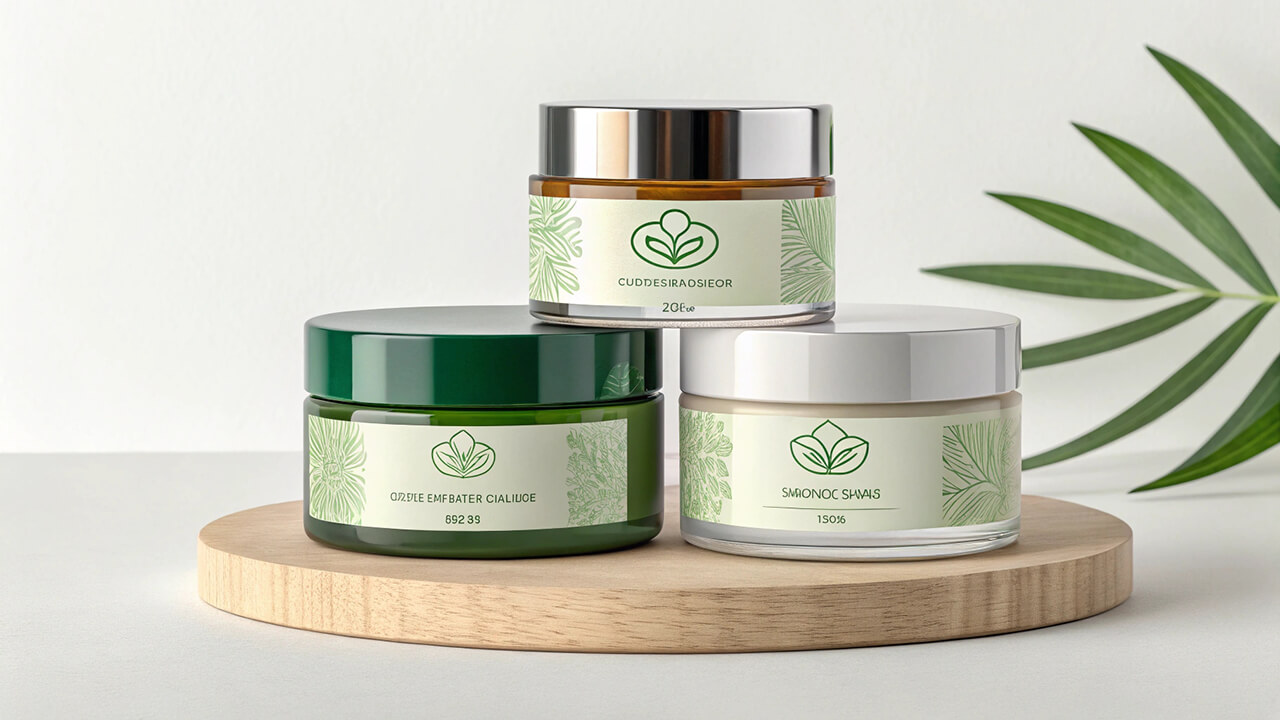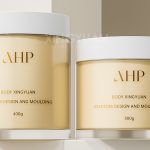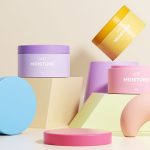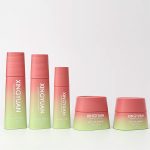Outline
- 1 The Growing Demand for Sustainable Yet Beautiful Packaging
- 2 1. Why Skincare Jars Require Special Sustainability Consideration
- 3 2. Key Eco-Friendly Materials for Skincare Jars
- 4 3. How to Maintain Visual and Tactile Luxury
- 5 4. Sustainable Jar Formats That Work
- 6 5. Brand Examples Leading in Eco-Friendly Skincare Jars
- 7 Conclusion: Balance Is the Future of Beauty Packaging
The Growing Demand for Sustainable Yet Beautiful Packaging
As sustainability becomes a key driver of innovation in the beauty industry, skincare brands are under increasing pressure to develop packaging that is both environmentally responsible and visually compelling. One of the most critical components in this shift is the skincare jar—a core packaging format for creams, balms, and masks.
For brands competing in the premium segment, the challenge is clear: how to design eco-friendly jars that do not compromise on luxury aesthetics or user experience.
1. Why Skincare Jars Require Special Sustainability Consideration
Unlike pumps or tubes, jars are often:
- Designed for longer product shelf life
- Intended for premium and tactile application rituals
- Displayed on vanities or in retail as brand statements
This makes the choice of materials and form factor especially important when trying to merge sustainability with luxury design.
2. Key Eco-Friendly Materials for Skincare Jars
Choosing the right material is the first step in creating jars that are both beautiful and sustainable.
Recycled Glass
- Highly recyclable, with a luxurious weight and feel
- Compatible with most skincare formulas
- Ideal for minimalist, transparent, or frosted finishes
Aluminum & Metal Alloys
- Durable, lightweight, and endlessly recyclable
- Often used for inner components or lids
- Gives a modern, clean look suitable for unisex branding
Bamboo & FSC-Certified Wood
- Renewable and biodegradable
- Used primarily as lid material or decorative accents
- Conveys an organic and earthy brand aesthetic
Post-Consumer Recycled (PCR) Plastics
- Reduces dependence on virgin plastic
- Available in premium finishes for upscale presentation
- Suited for brands transitioning from plastic to sustainable alternatives
Biodegradable Polymers
- Derived from corn starch, PLA, or PHA
- Work well for dry skincare products or samples
- Still emerging for long-term or high-value products
3. How to Maintain Visual and Tactile Luxury
Sustainable doesn’t have to mean plain. Today’s eco-friendly jars can still meet high design standards by focusing on:
Surface Finish
- Use matte, frosted, or velvet-touch coatings that are water-based and non-toxic
- Avoid plastic laminates that impair recyclability
Minimalist Branding
- Embossed or engraved logos reduce the need for plastic-based labels
- Monochrome and neutral color palettes often align well with eco-conscious luxury
Custom Lids and Closures
- Magnetic or weighted lids elevate perceived value
- Bamboo or metal lids can be designed to match brand color codes and visual identity
Form Factor and Ergonomics
- Wide-mouthed jars provide ease of access and reusability
- Stackable or modular jars optimize storage and reduce shipping impact
4. Sustainable Jar Formats That Work
Refillable Jars
- Consumers keep the outer jar and replace only the inner pod
- Encourages brand loyalty through refill programs
- Common in luxury face creams and night balms
Mono-Material Jars
- Entire jar made from a single recyclable material
- Simplifies sorting and improves end-of-life recycling
Compostable Jars (for Single-Use or Limited Lines)
- Suitable for travel-size, dry, or sample skincare
- Fast-degrading materials reduce long-term waste
5. Brand Examples Leading in Eco-Friendly Skincare Jars
- Chanel No.1: Glass jars with refillable inserts and minimalist design
- Tata Harper: Green-tinted recycled glass with sustainable paper labeling
- Kjaer Weis: Metal jar cases with refill pods, merging functionality and beauty
- RMS Beauty: Uses PCR plastic and glass jars with low-waste lids
Each of these brands proves that eco-conscious packaging doesn’t mean compromising on brand image.
Conclusion: Balance Is the Future of Beauty Packaging
The evolution of eco-friendly skincare jars is proof that sustainability and aesthetics can not only coexist—but complement each other. When done right, sustainable jars become a branding asset, communicating values of quality, care, and environmental commitment.
For beauty brands, investing in thoughtful jar design is more than a packaging decision—it’s a strategic step toward relevance in an increasingly conscious market.



